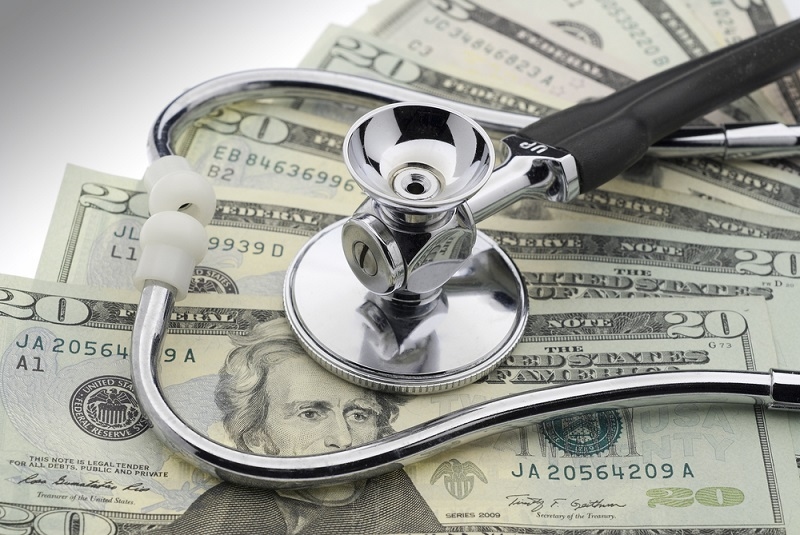
Health care in the U.S. has never been cheap, but the sticker shock many families and businesses are facing in 2025 is on another level. People renewing their policies this year are opening bills and asking the same question: why does it keep getting more expensive?
The truth is, there’s no single culprit. It’s a messy mix of medical inflation, policy changes, aging populations, and even global events. Let’s break it down into the nine biggest reasons why health coverage is draining more wallets than ever.
Prices are rising everywhere—groceries, housing, even utilities—but medical care seems to sprint ahead of the pack. Hospitals, drug companies, and device makers pass their rising costs straight to insurers, who then raise premiums to cover the difference.
It’s simple math: when the price of treating a patient goes up, insurers can’t just swallow the loss. They spread it across everyone in the system. That’s why when you hear about health insurance premium increases, it often boils down to how much more expensive it is to deliver care than it was a year ago.
There’s no avoiding this one. The cost of prescription drugs has skyrocketed, especially for specialty medicines like cancer treatments, autoimmune therapies, and rare disease drugs. Some of these can cost hundreds of thousands of dollars per patient each year.
Insurers cover most of it, but that money has to come from somewhere—usually higher monthly payments for everyone else. When you step back, it’s easy to see how the rising pharmacy bill is directly tied to Health insurance costs in 2025 and beyond.

Believe it or not, one reason costs are rising is that people are actually using their insurance more. After the delays of the pandemic years, patients have returned to doctors’ offices, booked surgeries they postponed, and filled prescriptions they skipped.
That wave of demand put extra pressure on the system. Insurers budget based on expected usage, and when actual usage jumps, premiums go up to rebalance the books.
Running a hospital is expensive—staffing shortages, higher wages for nurses, expensive equipment, and supply chain hiccups all add up. Many hospitals also struggled financially during the pandemic when elective procedures (a big money-maker) were put on hold.
Now they’re recouping losses by raising their prices for services, surgeries, and overnight stays. Once again, those higher bills get pushed to insurers, and insurers pass them to policyholders in the form of health insurance premium increases.
For decades, workplace coverage was the most affordable way to insure a family. But in 2025, even employer-sponsored health plans are feeling the squeeze. Companies face rising claims costs, and instead of absorbing all of it, they share more of the burden with employees.
That might look like higher payroll deductions, larger deductibles, or skimpier coverage. Businesses want to offer benefits to keep workers happy, but they’re battling the same inflationary pressures as everyone else.
Americans are living longer, which is a good thing, but older populations also consume more health care. Chronic conditions like diabetes, heart disease, and arthritis require ongoing management. That constant demand strains insurers’ risk pools.
It’s not just retirees either. As the workforce ages, employers are footing bigger health bills, making employer-sponsored health plans harder to sustain without raising costs.
Worth A Look: Know Your Legal Rights After an Accident Involving Damage
The Affordable Care Act reshaped health insurance over a decade ago, but the marketplace isn’t immune to rising prices. In 2025, analysts are pointing to an ACA marketplace cost hike as one of the main reasons middle-income families are feeling squeezed.
Subsidies shield some buyers, but those who earn too much to qualify for assistance end up paying full freight. For them, the jump feels especially painful, with silver-tier plans climbing faster than most paychecks.
Behind every medical bill is a maze of paperwork, coding, and compliance. Insurers, hospitals, and government programs all require reporting, audits, and record-keeping. Those admin costs may not sound dramatic, but across the system, they add up to billions.
Unfortunately, the money to fund all that bureaucracy comes out of premiums. It’s part of the reason Health insurance costs 2025 were already climbing before 2026 turned up the pressure even more.
The rise of obesity, sedentary lifestyles, and preventable conditions is another factor. Treating complications from poor diet, smoking, or lack of exercise costs billions annually. While prevention would save money, the reality is that many people enter the health care system only when conditions become serious.
That means higher demand for expensive treatments, not cheap preventive care, and once again the bill gets split among everyone insured. For people buying through the ACA marketplace, the result is clear: another ACA marketplace cost hike.
Health insurance has always been a sore spot, but this year feels like a tipping point. Families are spending bigger chunks of their income just to stay covered. Small businesses are trimming benefits. Even large companies are reconsidering what they can afford.
And while some of these pressures—like aging populations—are long-term, others are short-term shocks that piled on at once. Rising drug prices, hospital bills, and a backlog of postponed care created a perfect storm.
It’s frustrating, but there are still ways to fight back. Shopping around each year matters. Plans can differ wildly, even within the same region. Checking whether a high-deductible plan paired with an HSA makes sense is another option. For workers, negotiating for better employer benefits is worth a try.
Most importantly, staying healthy saves money. Preventive checkups, exercise, and balanced diets sound cliché, but they’re still the cheapest “insurance” against skyrocketing bills.
Don't Miss This: How to Save on Insurance Without Compromising Coverage
Will things get better in 2026 or beyond? Hard to say. Unless policymakers tackle drug pricing, hospital charges, and administrative waste, costs will likely keep climbing. That said, technology and telehealth might ease some of the strain, giving people cheaper ways to manage conditions without expensive hospital visits.
For now, though, the reality is clear: health care is getting more expensive, and premiums are following suit. Whether you’re covered through work, the marketplace, or private insurance, you’re probably paying more than you did last year—and preparing to pay even more next year.
No one likes opening their insurance bill and seeing another jump in cost. But understanding the reasons behind the increases can at least make sense of the chaos. From drug prices to aging populations to marketplace shifts, the forces driving higher premiums are complex but not random.
And while individuals can’t fix the system alone, being informed, proactive, and prepared is the best defense. Health coverage may be pricier than ever, but with smart choices and steady pressure for reform, there’s hope for a fairer system down the road.
This content was created by AI